Stone facades have been a popular choice for homeowners and designers looking to enhance the aesthetic appeal of a building. Whether used for exterior cladding or interior accents, stone facades offer a timeless and elegant look that can elevate the overall design of a space. In this article, we will explore the benefits of incorporating stone facades into your design, the different types of stone facades available, and tips for choosing the best stone facade for your project. One of the key benefits of using stone facades is their durability. Stone is a natural material that is resistant to wear and tear, making it a long-lasting option for your building’s exterior. Stone facades are also low-maintenance, requiring minimal upkeep to keep them looking their best. This makes them a cost-effective choice in the long run, as they do not need to be replaced or repaired as frequently as other building materials. In addition to their durability, stone facades also offer a sense of timelessness and sophistication to a building’s design. The natural variations in color and texture of stone create a unique and luxurious look that can add character and charm to any space. Stone facades can be custom-designed to fit the style of your building, whether you prefer a modern, rustic, or traditional look. When it comes to choosing the best stone facade for your project, there are several factors to consider.
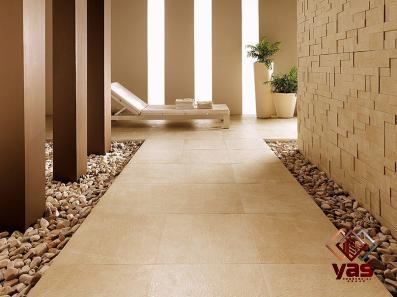
.
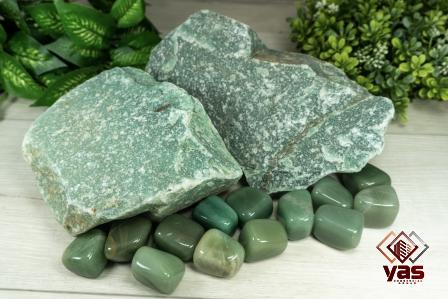 The type of stone you choose will have a significant impact on the overall aesthetic of your building. Popular options include limestone, granite, marble, and travertine, each with its own unique characteristics and benefits. Limestone is a versatile and cost-effective option that is available in a wide range of colors and textures. It is a popular choice for both exterior cladding and interior accents due to its durability and timeless appeal. Limestone facades can be polished or left in their natural state to create a variety of looks, from sleek and modern to rustic and weathered. Granite is another popular choice for stone facades, known for its strength and durability. It is a dense and hard-wearing material that is resistant to scratches and stains, making it ideal for high-traffic areas. Granite facades are available in a wide range of colors and patterns, from subtle neutrals to bold statement pieces. Its natural beauty and durability make it a popular choice for both residential and commercial projects. Marble is a luxurious and elegant option for stone facades, known for its distinctive veining and lustrous finish. While marble is a softer stone compared to granite, it can still be used effectively for exterior cladding in areas with moderate weather conditions. Marble facades exude sophistication and charm, and they are available in a range of colors and patterns to suit any design style. Travertine is a popular choice for stone facades, prized for its natural beauty and warm earthy tones. It is a porous stone that can develop a weathered patina over time, adding character and charm to your building’s exterior. Travertine facades are available in a range of finishes, from honed to tumbled, to create different looks and textures. In addition to choosing the right type of stone for your facade, it is important to consider the installation process. Stone facades require skilled craftsmanship to ensure a proper and lasting installation. Hiring a professional mason or contractor with experience in working with stone is crucial to achieving the desired result. Improper installation can lead to issues such as cracking, shifting, or water damage, compromising the integrity and aesthetics of your facade. When designing your stone facade, consider the architectural style of your building and the surrounding environment. The color and texture of the stone should complement the overall design and enhance the curb appeal of your property.
The type of stone you choose will have a significant impact on the overall aesthetic of your building. Popular options include limestone, granite, marble, and travertine, each with its own unique characteristics and benefits. Limestone is a versatile and cost-effective option that is available in a wide range of colors and textures. It is a popular choice for both exterior cladding and interior accents due to its durability and timeless appeal. Limestone facades can be polished or left in their natural state to create a variety of looks, from sleek and modern to rustic and weathered. Granite is another popular choice for stone facades, known for its strength and durability. It is a dense and hard-wearing material that is resistant to scratches and stains, making it ideal for high-traffic areas. Granite facades are available in a wide range of colors and patterns, from subtle neutrals to bold statement pieces. Its natural beauty and durability make it a popular choice for both residential and commercial projects. Marble is a luxurious and elegant option for stone facades, known for its distinctive veining and lustrous finish. While marble is a softer stone compared to granite, it can still be used effectively for exterior cladding in areas with moderate weather conditions. Marble facades exude sophistication and charm, and they are available in a range of colors and patterns to suit any design style. Travertine is a popular choice for stone facades, prized for its natural beauty and warm earthy tones. It is a porous stone that can develop a weathered patina over time, adding character and charm to your building’s exterior. Travertine facades are available in a range of finishes, from honed to tumbled, to create different looks and textures. In addition to choosing the right type of stone for your facade, it is important to consider the installation process. Stone facades require skilled craftsmanship to ensure a proper and lasting installation. Hiring a professional mason or contractor with experience in working with stone is crucial to achieving the desired result. Improper installation can lead to issues such as cracking, shifting, or water damage, compromising the integrity and aesthetics of your facade. When designing your stone facade, consider the architectural style of your building and the surrounding environment. The color and texture of the stone should complement the overall design and enhance the curb appeal of your property.
..
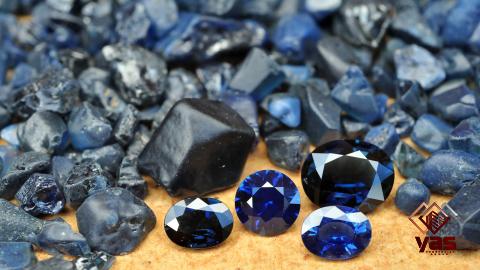 This requires precision and attention to detail to ensure a seamless and uniform appearance once the stones are installed. Depending on the design and layout of the facade, different installation techniques such as dry stacking, mortar setting, or panel systems may be employed to achieve the desired look. During the installation process, it is important to pay attention to details such as joint spacing, alignment, and leveling to create a cohesive and visually appealing facade. Properly spaced joints allow for natural movement of the stone and prevent cracking or shifting over time. Experienced installers will use specialized tools and techniques to ensure that each stone is placed securely and accurately to create a structurally sound and aesthetically pleasing result. Once the stone facade is installed, the finishing touches such as sealing, grouting, and cleaning will be completed to enhance the appearance and protect the surface against environmental elements. Sealing the stone helps to prevent staining, water infiltration, and weathering, extending the life and beauty of the facade. Regular maintenance such as cleaning and resealing may be necessary to preserve the look and integrity of the stone over time. In addition to the practical considerations of installation and maintenance, choosing a stone facade also offers the opportunity to express your personal style and design vision. Whether you prefer a sleek and modern look with polished granite or a rustic and aged appearance with weathered limestone, the variety of stone options available allows for endless design possibilities. Consider the architectural style of your building, the surrounding landscape, and your own aesthetic preferences when selecting a stone facade. Experiment with different types of stone, finishes, and patterns to create a unique and customized look that reflects your individual taste and complements the overall design of your property. In conclusion, stone facades are a timeless and elegant choice for enhancing the beauty and durability of a building’s exterior. Their natural beauty, durability, and versatility make them a popular option for a wide range of architectural styles and projects. By choosing the right type of stone, working with skilled professionals, and paying attention to design details and maintenance, you can create a stunning and enduring facade that will enhance the value and appeal of your property for years to come.
This requires precision and attention to detail to ensure a seamless and uniform appearance once the stones are installed. Depending on the design and layout of the facade, different installation techniques such as dry stacking, mortar setting, or panel systems may be employed to achieve the desired look. During the installation process, it is important to pay attention to details such as joint spacing, alignment, and leveling to create a cohesive and visually appealing facade. Properly spaced joints allow for natural movement of the stone and prevent cracking or shifting over time. Experienced installers will use specialized tools and techniques to ensure that each stone is placed securely and accurately to create a structurally sound and aesthetically pleasing result. Once the stone facade is installed, the finishing touches such as sealing, grouting, and cleaning will be completed to enhance the appearance and protect the surface against environmental elements. Sealing the stone helps to prevent staining, water infiltration, and weathering, extending the life and beauty of the facade. Regular maintenance such as cleaning and resealing may be necessary to preserve the look and integrity of the stone over time. In addition to the practical considerations of installation and maintenance, choosing a stone facade also offers the opportunity to express your personal style and design vision. Whether you prefer a sleek and modern look with polished granite or a rustic and aged appearance with weathered limestone, the variety of stone options available allows for endless design possibilities. Consider the architectural style of your building, the surrounding landscape, and your own aesthetic preferences when selecting a stone facade. Experiment with different types of stone, finishes, and patterns to create a unique and customized look that reflects your individual taste and complements the overall design of your property. In conclusion, stone facades are a timeless and elegant choice for enhancing the beauty and durability of a building’s exterior. Their natural beauty, durability, and versatility make them a popular option for a wide range of architectural styles and projects. By choosing the right type of stone, working with skilled professionals, and paying attention to design details and maintenance, you can create a stunning and enduring facade that will enhance the value and appeal of your property for years to come.
…
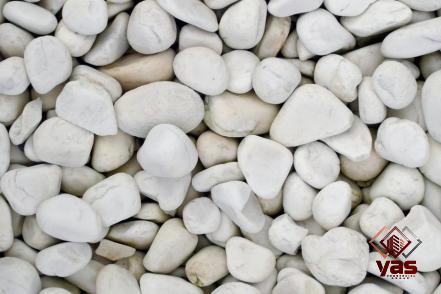 Take into account factors such as lighting, landscaping, and neighboring buildings to create a cohesive and harmonious look. When it comes to maintenance, stone facades are relatively easy to care for. Regular cleaning with a mild detergent and water can help preserve the natural beauty of the stone and prevent dirt and grime from building up. Sealing the stone surface periodically can also help protect it from staining and moisture damage. Consult with your stone supplier or installer for specific care instructions tailored to the type of stone used in your facade. In conclusion, stone facades are a versatile and durable choice for enhancing the aesthetic appeal of a building. Their natural beauty, timeless elegance, and long-lasting durability make them a popular option for both residential and commercial projects. By choosing the right type of stone, working with skilled professionals, and incorporating thoughtful design considerations, you can create a stunning and enduring facade that will enhance the value and appeal of your property for years to come. From historic landmarks to modern luxury homes, stone facades have been a symbol of strength, beauty, and sophistication across architectural styles and eras. Their enduring appeal lies in their ability to create a sense of connection to nature and tradition, while also providing a durable and low-maintenance solution for enhancing the exterior of a building. When considering the installation of a stone facade, it is essential to understand the process involved and the potential challenges that may arise. Depending on the size and complexity of the project, installing a stone facade can be a labor-intensive and time-consuming task. It is important to work with experienced professionals who have the necessary skills and equipment to handle the job efficiently and effectively. The first step in installing a stone facade is to prepare the existing surface by ensuring it is clean, level, and free of any debris or contaminants. This may involve removing old finishes, repairing cracks or damage, and applying a waterproof membrane to protect the underlying structure. Proper preparation is essential to ensure the longevity and stability of the stone facade once installed. Next, the chosen type of stone will be carefully cut and shaped to fit the design specifications of the facade.
Take into account factors such as lighting, landscaping, and neighboring buildings to create a cohesive and harmonious look. When it comes to maintenance, stone facades are relatively easy to care for. Regular cleaning with a mild detergent and water can help preserve the natural beauty of the stone and prevent dirt and grime from building up. Sealing the stone surface periodically can also help protect it from staining and moisture damage. Consult with your stone supplier or installer for specific care instructions tailored to the type of stone used in your facade. In conclusion, stone facades are a versatile and durable choice for enhancing the aesthetic appeal of a building. Their natural beauty, timeless elegance, and long-lasting durability make them a popular option for both residential and commercial projects. By choosing the right type of stone, working with skilled professionals, and incorporating thoughtful design considerations, you can create a stunning and enduring facade that will enhance the value and appeal of your property for years to come. From historic landmarks to modern luxury homes, stone facades have been a symbol of strength, beauty, and sophistication across architectural styles and eras. Their enduring appeal lies in their ability to create a sense of connection to nature and tradition, while also providing a durable and low-maintenance solution for enhancing the exterior of a building. When considering the installation of a stone facade, it is essential to understand the process involved and the potential challenges that may arise. Depending on the size and complexity of the project, installing a stone facade can be a labor-intensive and time-consuming task. It is important to work with experienced professionals who have the necessary skills and equipment to handle the job efficiently and effectively. The first step in installing a stone facade is to prepare the existing surface by ensuring it is clean, level, and free of any debris or contaminants. This may involve removing old finishes, repairing cracks or damage, and applying a waterproof membrane to protect the underlying structure. Proper preparation is essential to ensure the longevity and stability of the stone facade once installed. Next, the chosen type of stone will be carefully cut and shaped to fit the design specifications of the facade.
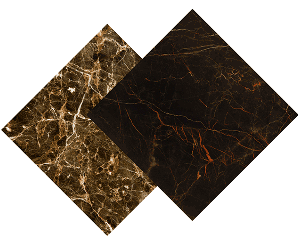
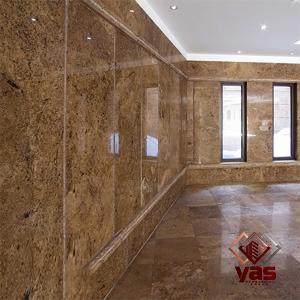
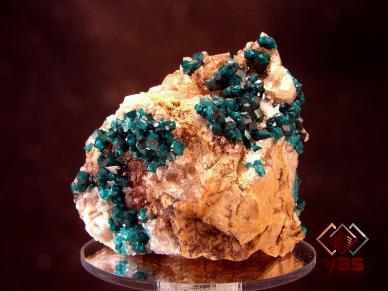
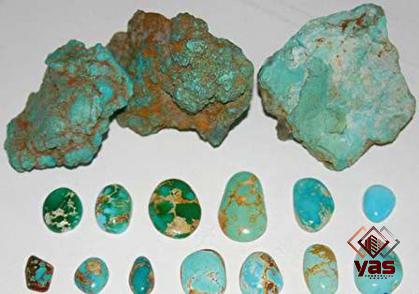
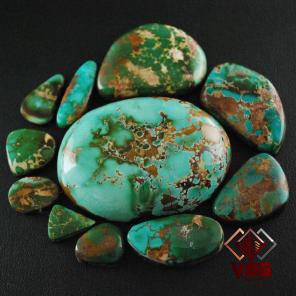

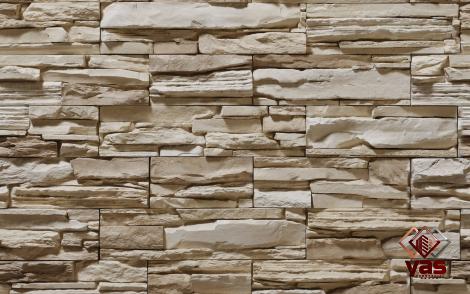
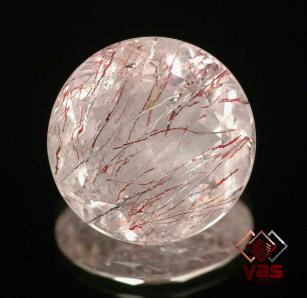
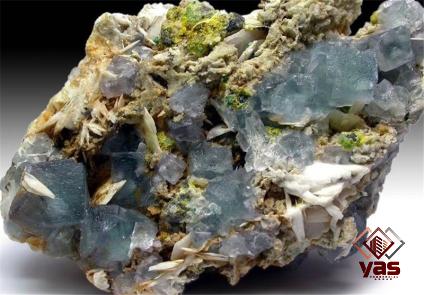
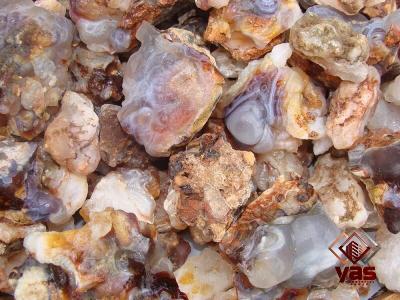
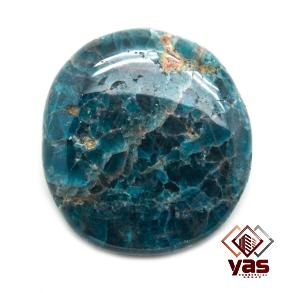
Your comment submitted.